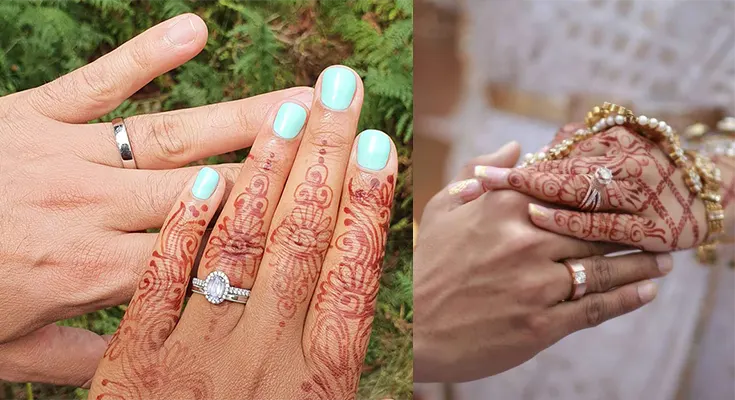Indian jewelry is a captivating tapestry of culture, history, and artistry that has evolved over centuries, reflecting the richness of the subcontinent’s heritage. From intricately designed engagement rings to opulent necklaces worn by royalty, Indian jewelry tells stories of tradition, celebration, and status. Each piece is a testament to the skill of artisans who have perfected their craft through generations, creating masterpieces that not only adorn the body but also hold significant cultural meaning.
The history of Indian jewelry can be traced back to ancient times when it was an integral part of social and religious rituals. Gold, silver, and gemstones were believed to possess divine properties, making them essential in offerings to deities. Over time, jewelry became a symbol of wealth and power, particularly among the nobility. Kings and queens adorned themselves with lavish pieces, showcasing their status and influence. This tradition continues today, especially during weddings, where jewelry plays a central role in the ceremonies, and engagement rings are often designed with cultural significance in mind.
In India, the diversity of jewelry styles varies greatly from region to region. Each state boasts unique designs, materials, and techniques that reflect local traditions and craftsmanship. For example, Kundan jewelry, which originated in Rajasthan, features gemstones set in gold and is known for its intricate craftsmanship. In contrast, South Indian temple jewelry is characterized by its heavy gold designs and religious motifs, often worn during festivals and special occasions.
Gemstones also play a pivotal role in Indian jewelry. The use of precious and semi-precious stones is not merely for decoration; each gemstone is believed to carry specific metaphysical properties. For instance, diamonds symbolize purity and strength, while emeralds are associated with love and success. As such, choosing the right gemstone for engagement rings and other jewelry pieces is often a deeply personal decision, influenced by astrological beliefs and individual preferences.
The art of jewelry making in India is not just about aesthetics; it is also steeped in symbolism. Many designs incorporate motifs from nature, mythology, and spirituality. For example, the lotus flower represents purity and enlightenment, making it a popular motif in various forms of jewelry. Similarly, peacocks and elephants, symbols of grace and strength, often feature prominently in traditional designs.
In contemporary times, Indian jewelry has gained international acclaim, with designers blending traditional techniques with modern aesthetics. This fusion has made Indian jewelry not only a popular choice for brides but also a favored accessory on red carpets and at high-profile events. The rise of e-commerce has further broadened access to Indian jewelry, allowing enthusiasts worldwide to explore and invest in these exquisite pieces.
Sustainability has also become a significant consideration in the world of Indian jewelry. As consumers become more conscious of ethical sourcing and environmental impact, jewelers are increasingly turning to sustainable practices. This includes using recycled metals and ethically sourced gemstones, ensuring that the beauty of Indian jewelry aligns with modern values.
In conclusion, the world of Indian jewelry is a royal affair, rich with tradition and artistry. From stunning engagement rings to elaborate necklaces and bangles, each piece offers a glimpse into India’s vibrant cultural heritage. As it continues to evolve, Indian jewelry remains a cherished symbol of beauty, love, and celebration, bridging the past and present while captivating hearts around the globe. Whether worn during special occasions or as everyday adornment, it is a reflection of the stories, traditions, and aspirations of those who wear it.


